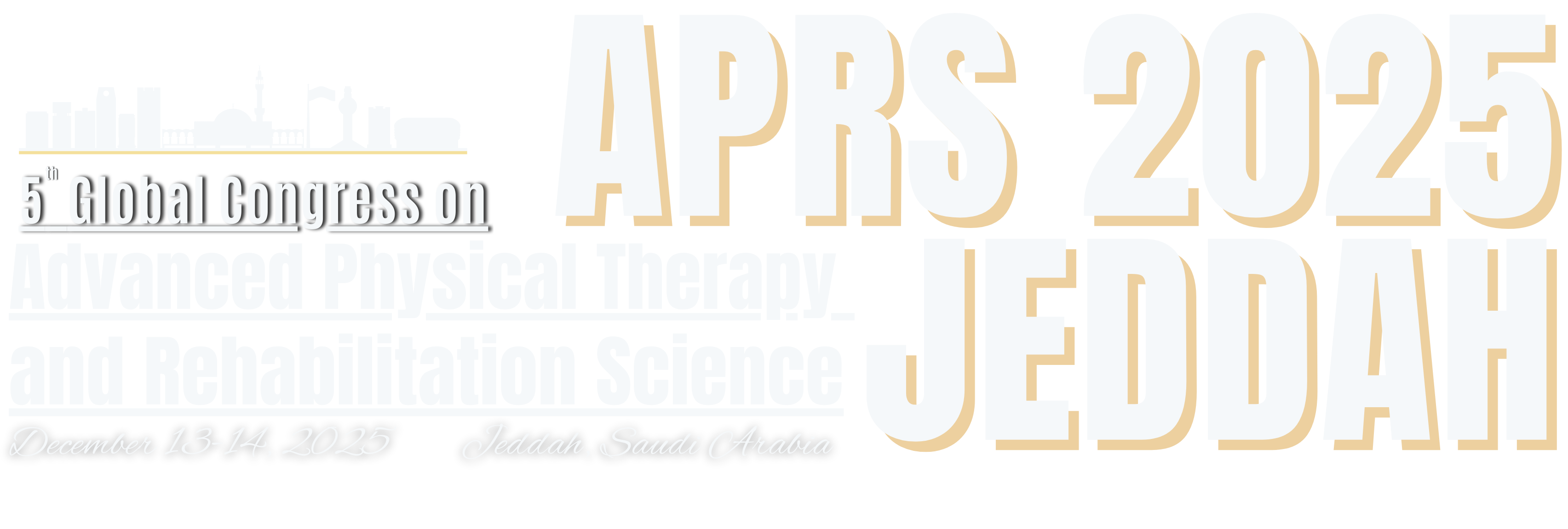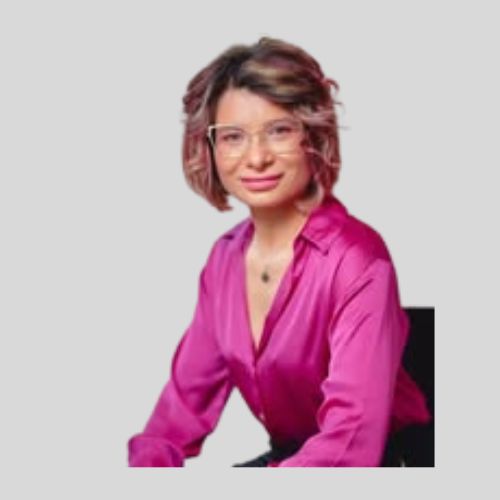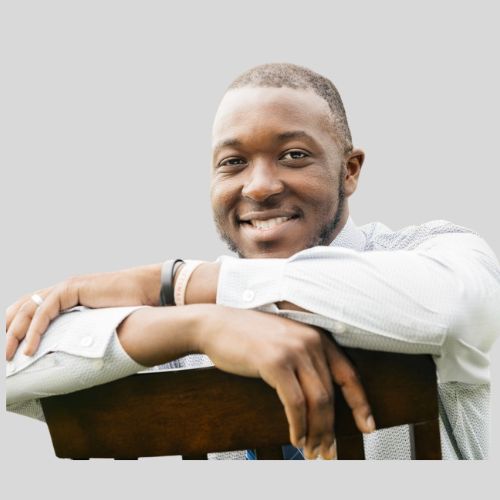
Prof. Alessandro Urbani
Fonder of ALTERMEDICA Center in Rome
Prof. Alessandro Urbani D.O. Ph.D. Doctor in Osteopathic Medicine (U.S.A.) Professor UniCampus HETG Ginevra Posturologist - Osteopath - Kinesiologist Posturology and Osteopathy Pediatric and pregnancy osteopathy Postural Reprogramming Specialist in Rehab of cerebral palsy Prevention and treatment of vertebral dysfunctions Sports Posturology and functional recovery 25 years of experience in recovery Fonder of ALTERMEDICA Center in Rome Co-Founder SALUD INTEGRATIVA Barcelona Teacher and Researcher President of Society of Posturology - Rumania Participate in many congresses national and international
Italy
Abstracts
Body weight distribution on plantar support and body oscillations using the static baropodemotric test and the posturographic Romberg test in children
Introduction: Maintaining balance and postural control is one of the essential tasks of the human locomotor system. From a biomechanical point of view, the foot is a functional unit that aims to maintain body weight and provide leverage to move forward when walking and running.
Biomechanical changes in the base of support and disruption of different information of any joint or structure located along the lower extremity motor chain can affect postural control strategy. Despite their small surface area, the soles play an important role in maintaining the body’s balance. The anatomical structure of transverse, internal longitudinal, and external longitudinal arches cause the formation of stable operations and the production of force to move the body forward in all human activities. Musculoskeletal abnormalities affect posture and stability.
The postural tonic system is working well only if all the receptors are in balance.
Aims: The aim of the study was checking the number of patients who have an incorrect distribution of body weight in the four main points of support at the foot level and the oscillations of patients with open and closed eyes (posturographic test).
Method: 95 children between the ages of 7 and 11 were included, without any previous pathology. The evaluation was performed with baropodometric plate. Through the static baropodometric instrumental examination, we tested the distribution of weight between the left and right leg of each patient and the load on forefoot and hindfoot. The second examination analyzes body oscillations in the Romberg test.
Results: Of the 95 patients examined, we found 42 patients with 50-53% load on left/right, 46 with 53-57% load and 7 with load above 57%. In all three categories we found that children load more on the left hindfoot. In Romberg Test we found that in only 34 out of 95 patients the visual system does not send wrong signals to the brain and have both parameters ( sway length and elipse surface) with open eyes smaller values than closed eyes.
Conclusions: …………………….
Featured 2025 Speakers
Speakers of The Club










